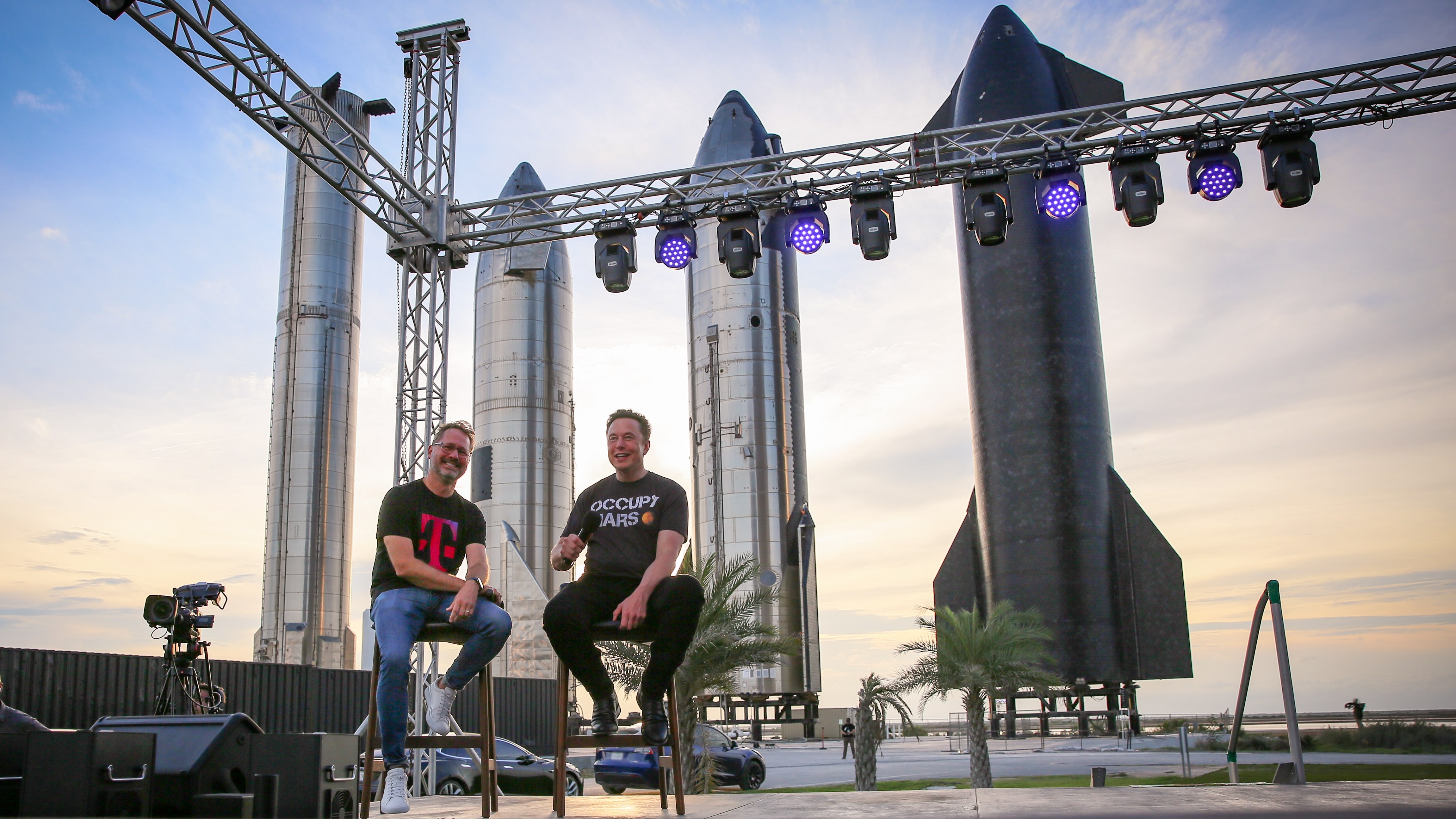Starlink speeds are slowing down — here’s why
Elon Musk’s satellite internet service is more popular than ever

Elon Musk’s satellite internet service Starlink is now available in even more countries and regions, but both download and upload speeds have taken a hit as a result.
According to a new report from Ookla, which is known for having one of the best speed testing apps, Starlink’s median download speeds fell across the U.S., the UK, Canada, France, Germany and New Zealand during the second quarter of 2022.
While the satellite internet provider has continued to expand, an influx of new users has led to speeds dropping from nine to 54 percent from Q2 2021 to Q2 2022. Still, Starlink reached a median download speed of at least 60 Mbps in North America during the second quarter of this year, which is more than enough for at least one connected device to access the best streaming services, play games online and video chat with friends and family.
Starlink upload speeds have also seen a decrease in all of the countries Ookla has tracked over the past year. Latency was a bit better and remained relatively flat in most countries with New Zealand being the outlier with a 23 ms drop in latency.
T-Mobile partnership

Ahead of the launch of Apple’s iPhone 14 which features Emergency SOS via satellite, T-Mobile and Starlink announced back in August that the two companies would work together to create a new network.
This new network will broadcast from Starlink’s satellites using T-Mobile’s mid-band spectrum across the U.S., with the end goal of providing nearly complete coverage nationwide “almost anywhere a customer can see the sky” according to a press release.
As a first step in its new partnership with Starlink, T-Mobile plans to extend text message coverage practically everywhere in the continental U.S., Hawaii, parts of Alaska, Puerto Rico and territorial waters even outside of its network.
Sign up to get the BEST of Tom's Guide direct to your inbox.
Get instant access to breaking news, the hottest reviews, great deals and helpful tips.
Starlink is also working to bring its satellite internet service to airplanes, cruise ships and cars as part of its continued expansion.
Other satellite providers are also expanding

Starlink isn’t the only satellite internet provider, and others including Viasat, OneWeb and even Amazon are also working on expanding their respective services.
For instance, Viasat’s new ViaSat-3 satellite is now in the mechanical build process in which solar arrays, reflectors and other items will be attached to the satellite ahead of its launch. The company’s first two new satellites are planned to focus on North and South America as well as Europe, the Middle East and Africa. However, the third ViaSat-3 satellite will be deployed to provide coverage in the Asia Pacific region.
Meanwhile, satellite companies OneWeb and Eutelsat have announced a provisional agreement to combine their businesses and are planning to develop a platform that will offer internet connectivity from low Earth orbit and geostationary satellites.
Not to be outdone by Elon Musk, Amazon is deploying 3,236 satellites in low Earth orbit as part of a program called Project Kuiper. Jeff Bezos’ Blue Origin is one of three companies, along with Arianespace and ULA, that is helping launch satellites for Amazon.
If you live in a rural area or even in an RV it’s never been easier to get online, and increased competition in the satellite internet market will only help improve these services while hopefully bringing down their monthly costs.

Anthony Spadafora is the managing editor for security and home office furniture at Tom’s Guide where he covers everything from data breaches to password managers and the best way to cover your whole home or business with Wi-Fi. He also reviews standing desks, office chairs and other home office accessories with a penchant for building desk setups. Before joining the team, Anthony wrote for ITProPortal while living in Korea and later for TechRadar Pro after moving back to the US. Based in Houston, Texas, when he’s not writing Anthony can be found tinkering with PCs and game consoles, managing cables and upgrading his smart home.
